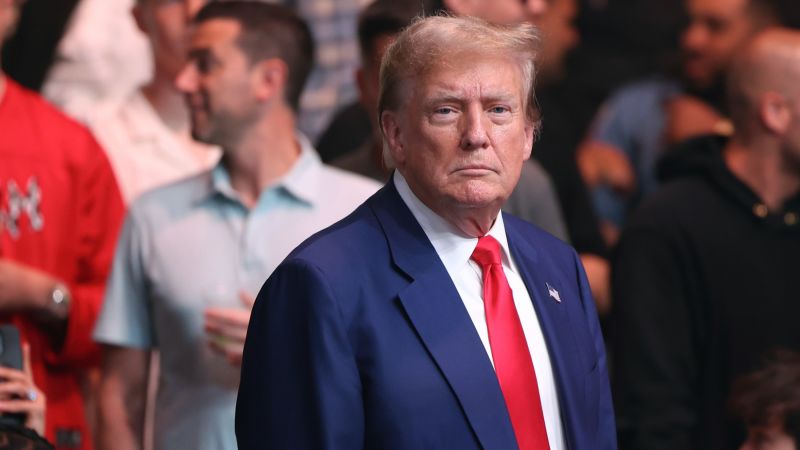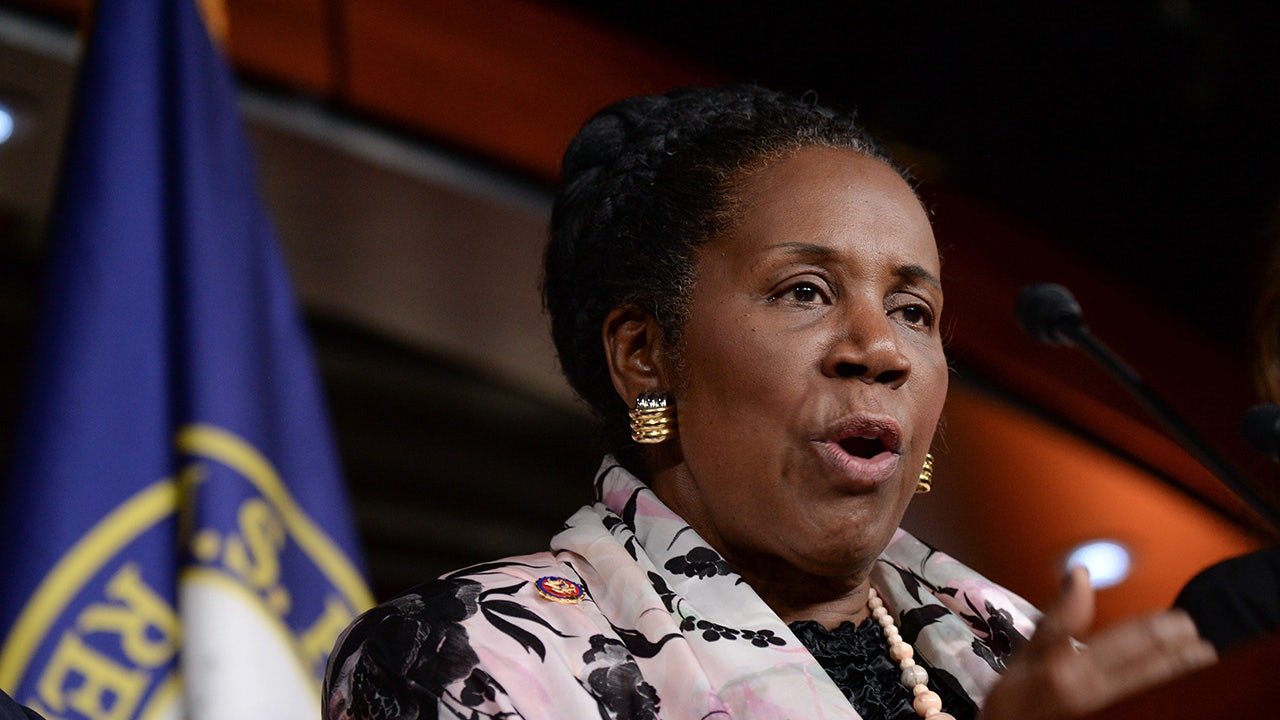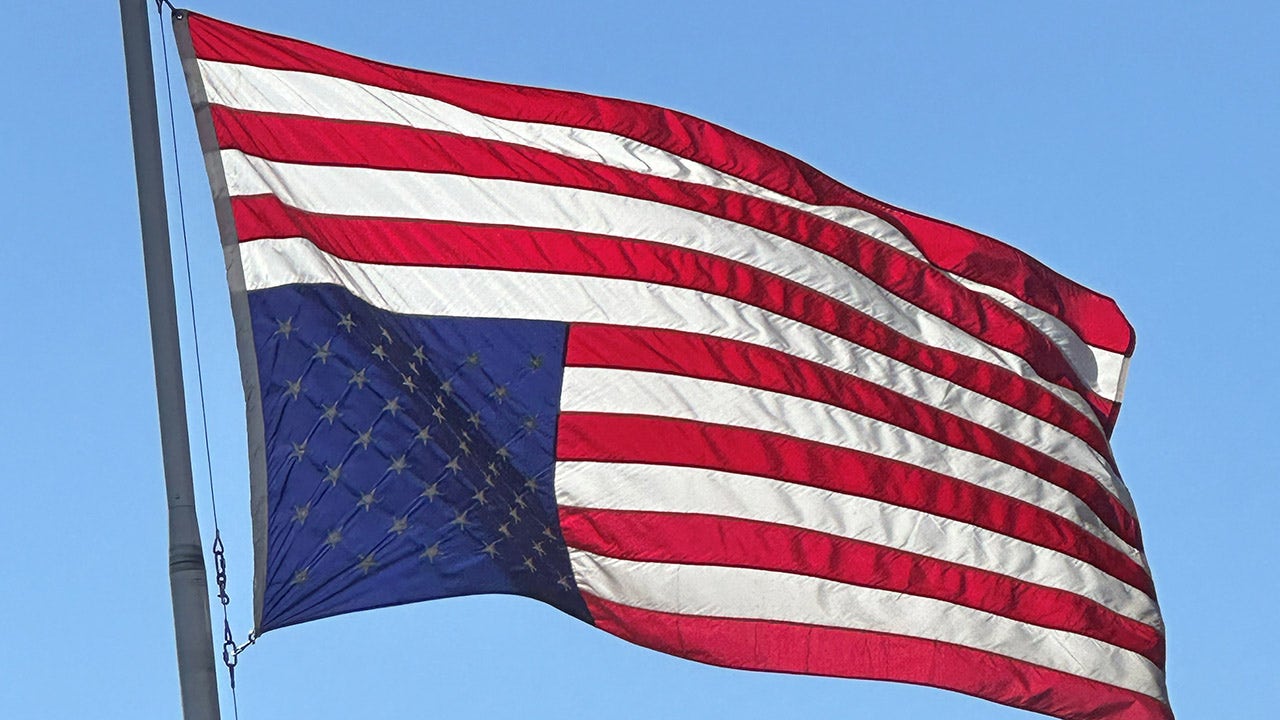One perk of covering Congress is that you get to see the Capitol statues after hours.
But not always at their best.
Such was the case a week ago Friday. I cut through Statuary Hall of the Capitol around 6:30 pm, et, after my TV piece about a House hearing and public broadcasting aired. I was heading home.
That’s where I encountered Billy Graham.
Not the pastor, mind you.
But a seven-foot bronze statue of Graham.
BILLY GRAHAM STATUE SCHEDULED TO BE UNVEILED AT US CAPITOL NEXT WEEK: ‘GREAT HONOR’
Graham was shrouded in plastic wrap from head to toe. A deep blue, padded blanked hugged Graham from his triceps to his shoelaces. You could just barely make out the countenance of Graham through the tight plastic. But his nose and a shock of hair jutted out. The contours of Graham’s face were visible. But almost as though there were no details there.
Workers plopped the pedestal where Graham’s statue would later stand a few feet away. It featured Scripture, stamped into the base.
“Jesus said to him, I am the way. The truth and the life. No one comes to the Father except through Me,” read the Bible verse, John 14:6, and a simple, Christian cross.
Capitol officials erected Graham’s statue at the edge of Statuary Hall, near a main passageway bound for the House chamber.
SON OF REV. BILLY GRAHAM REFLECTS ON US CAPITOL STATUE HONORING FATHER
The workers would raise the statue, directly next to a resemblance of Marcus Whitman from Washington state. Whitman is adorned in buckskins. Like Graham, Whitman also clutches a Bible – but also saddlebags. Whitman is known for his work as a 19th Century doctor and missionary, guiding people from the east across the Oregon Trail. The Cayuse Indians killed Whitman near Walla Walla, Wash., after he tried to convert them to Christianity.
Each state gets two statues in the Capitol collection. Graham’s statue is one of the two from North Carolina. It replaces one of the late North Carolina Gov. Charles Aycock (D) who had ties to racists.
Lawmakers formally unveiled Graham’s statue in an elaborate ceremony about a week after I first spotted it.
“This the main corridor through the Congress and the Capitol. Literally millions of people will walk by,” said House Speaker Mike Johnson, R-La., at the statue dedication. “I think it’s providential that it’s right here. I’m just saying I think it is the perfect placement.”

“I hope when Members Congress walk by his statue, they’ll reflect on the standards of faith, ethics and decency that he exemplified throughout his extraordinary life,” said Sen. Thom Tillis, R-N.C.
But here’s the problem.
Last Thursday night, I finished a live shot on progressive House staffers demonstrating about Israel and headed out the door around 6:30 pm. Again, workers toiled around the Graham statue. Workers hoisted the likeness of Graham from the base. It now stood in the middle of Statuary Hall. But Graham’s vestments were different. A wrap of cushioning swaddled the minister’s body. See-through plastic sheathed the rest of the statue – winding up from the knees and ensconcing the head. A thick tan, industrial belt held the plastic tight like a parcel ready to ship at UPS. For whatever reason, a brown piece of bent carboard protruded from the torso.
REV. BILLY GRAHAM HONORED WITH STATUE UNVEILED AT US CAPITOL
The packaging cloak was so enveloping there was no way to tell that the outline of the figure was Graham.
I presumed they were just adjusting the statue after the ceremony.
By the next night – around 6:45 pm – I again got off the air and headed home. This time, I produced a TV piece about the raucous House Oversight Committee meeting and GOP efforts to hold Attorney General Merrick Garland in contempt of Congress. I cut through Statuary Hall.
Graham was nowhere to be seen.
As fate would have it, Graham would not permanently occupy such a heavily, trafficked spot to the House chamber. Both Johnson and Tillis were wrong in their hopes that lawmakers might take note of Graham’s presence or Scripture as they walked to the House chamber for votes. It turns out that Graham’s residency in Statuary Hall was just temporary. He was only there for the ceremony.
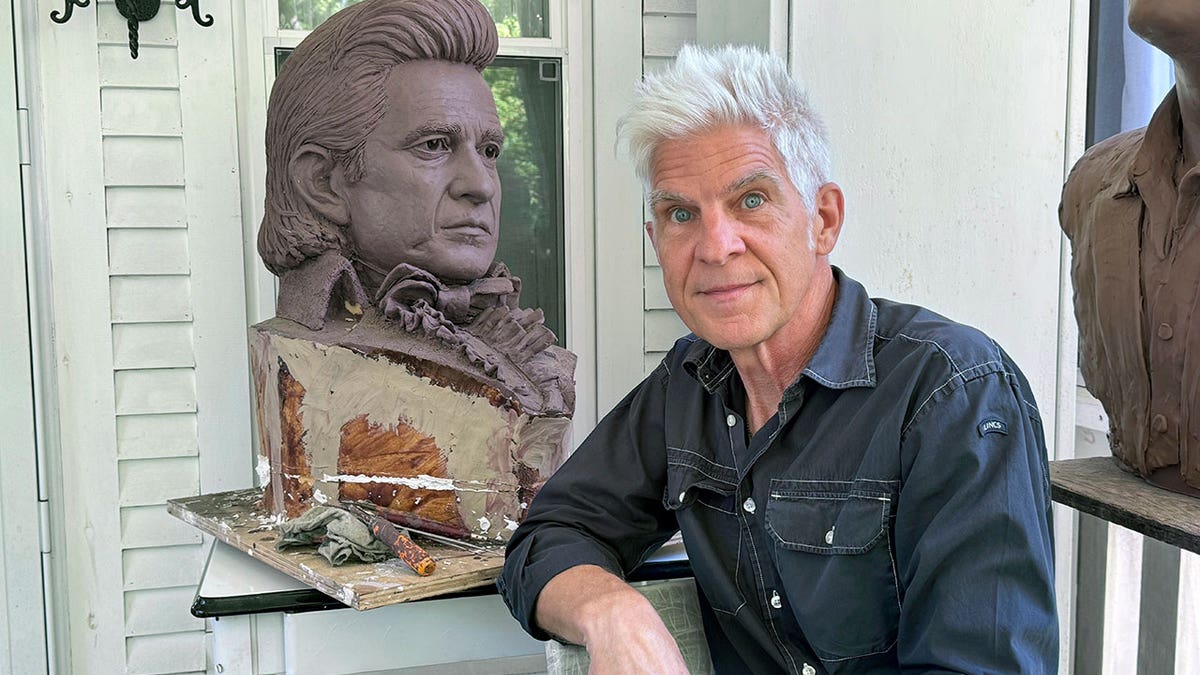
Workers had moved Graham downstairs to the spot where Aycock stood. This is the Crypt of the Capitol, directly below the Rotunda. Lawmakers don’t stroll by there as often. But visitors certainly circulate through the Crypt if they are part of a formal Capitol tour.
Graham now stands on the north side of the Capitol, barely on the Senate side of the building. To Graham’s right is a statue of Roger Sherman of Connecticut. Sherman served as a Congressman and senator. But Sherman is best known for engineering what’s called the “Connecticut Compromise.” That’s where the Founders settled on a bicameral legislature. States would receive representatives, commensurate with their population. But each state would have equal representation in the Senate. To Graham’s immediate left is a passageway leading toward the Senate wing of the Capitol – but not the Senate chamber. Across the entryway is a statue of John C. Calhoun, representing South Carolina. Calhoun served in the House and was Vice President under Presidents John Quincy Adams and Andrew Jackson.
Statues in the Capitol collection may have their feet cast in bronze. But a lot of statues have been on the move lately. The Capitol just dedicated a new statue from Arkansas two weeks ago: Daisy Bates. Bates was a civil rights leader and advisor to the Little Rock Nine. She succeeds Uriah Rose. Rose is known as a partner in Little Rock’s fabled Rose Law Firm. That’s where Hillary Clinton later became the firm’s first female partner. Deputy Clinton White House Counsel Vince Foster also worked there. His body was later found in Fort Marcy Park, near Washington. Officials and a bicameral Congressional investigation later ruled Foster’s death a suicide.
Arkansas scores a second new statue in September: Johnny Cash. The country music legend will succeed late Arkansas Gov. James Clarke who was associated with white supremacy.
ARKANSAS STATUES AT US CAPITOL TO BE REPLACED WITH CIVIL RIGHTS LEADER DAISY BATES AND SINGER JOHNNY CASH
Cash’s statue will go in the Capitol Visitor’s Center, the point of entry for most tourists to the Capitol. Cash is also the first musician in the Capitol collection. Bates statue is in Statuary Hall, directly across from civil rights icon Rosa Parks. Congress greenlighted the Parks statue. Not a state. Bates statue stands directly next to Jefferson Davis, President of the Confederacy, and one of two statues from Mississippi.
They’ve swapped out 17 of the Capitol’s 100 statues since 2000.
“My father would be a little uncomfortable with this being here. Because he would want the focus to be on the One that he preached,” said Franklin Graham, Graham’s son at the dedication ceremony.
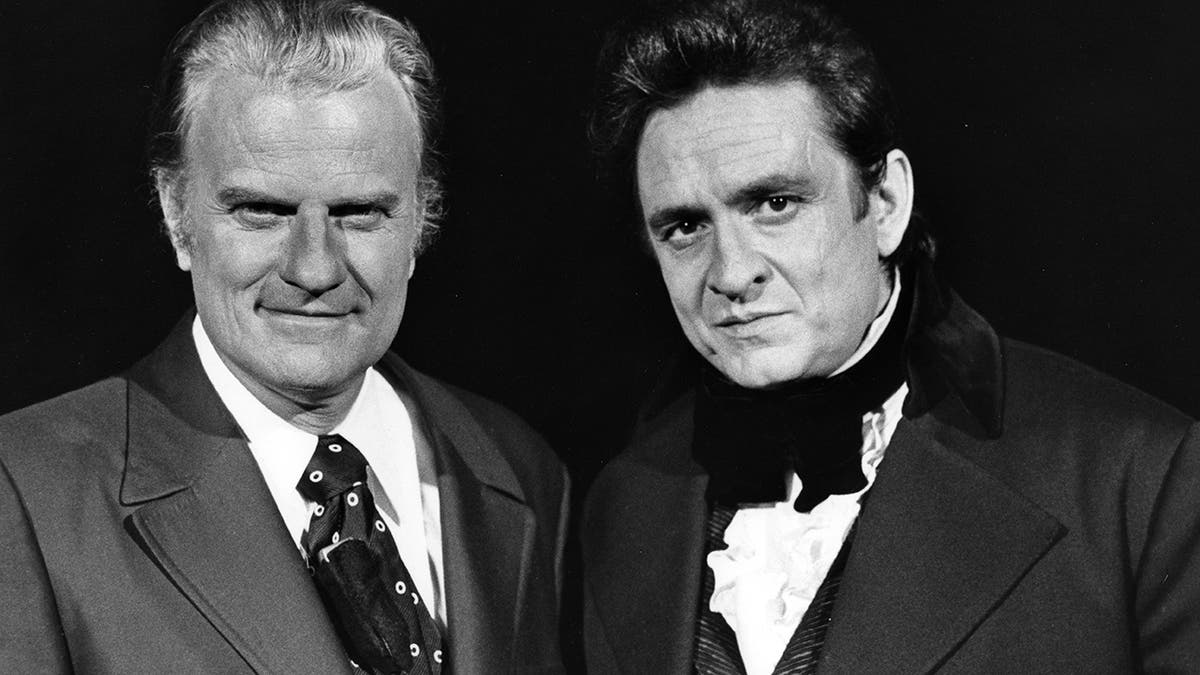
So Graham is the rookie statue in the Capitol collection. But only until September.
But come late summer or early fall, I suspect I’ll depart the Capitol around 6:30. Perhaps after a live report about Congress struggling to avert a government shutdown later that month. I’ll come across a resemblance of Johnny Cash, ready for dedication.
And at that hour on a Friday night, Cash won’t be the “Man in Black.”
He’ll probably be encased in a layer of thick, blue padding. Heavy belts will secure a plastic exoskeleton around Cash’s mid-section. But in a few days, Cash will stand tall. Ready to serenade the throngs of tourists who visit the U.S. Capitol.
